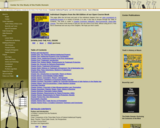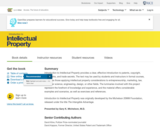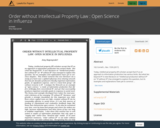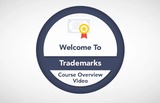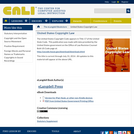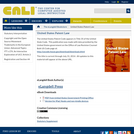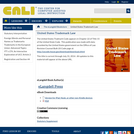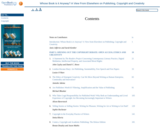This course focuses on the legal mechanisms to protect distinctive logos, slogans and other visual marks associated with products from unauthorized use by other parties. This is an introductory level course and no prior knowledge of intellectual property law or law in general is required.
The course opens with a discussion of what trademarks are and distinguishes them from other forms of intellectual property. We’ll also look at what constitutes a trademark and related phenomena such as service marks, trade names and trade dress. We will also look at the symbols that may be and typically are used to indicate claimed trademarks.
Module two focuses on securing trademark protection and looks at the federal agencies that enforce trademark law and the mechanisms by which one can register trademarks, and the costs associated with doing so. We will look at the various steps involved in registering a trademark and the steps that can be taken to appeal denials by the USPTO. Finally, we will look at the limited roles of state law and common law in trademark protection.
Module three focuses on the important “distinctiveness” requirement for trademark protection. We will look at the differences among descriptive, suggestive, arbitrary and fanciful marks. The module also covers cases that illustrate the nuances of the series of rules and how distinctiveness can be acquired or lost depending on how the marks are used in the context in which they are used.
Module four covers trademark enforcement. We will start with trademark searches, including how goods or services owners can determine whether phrases and marks are trademarked and the extent to which they can trademark their own. We’ll go through the various available databases and discuss steps that are important to maintain a trademark’s effectiveness. We will also cover transfers of trademark rights.
The final module looks at infringement. We will discuss various types of trademark dilution and then look at the important defense of fair use. Finally, the course ends with a discussion of the various remedies that are available once trademark infringement has been established.
Upon completion of this course, the viewer will be able to apply the basics of trademark law and will, hopefully, be encouraged to take advantage of our other courses in the intellectual property field.


